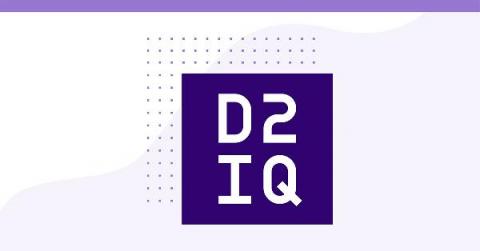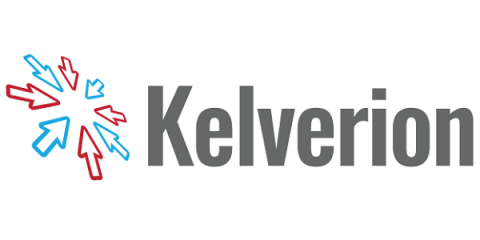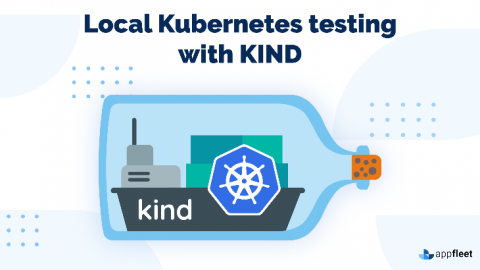Community in The Virtual World
Despite the difficulties we’ve all experienced during this pandemic, it has been fascinating to watch how human beings have come together as communities all over the world to support each other, and our Cloud Native community is no different.











